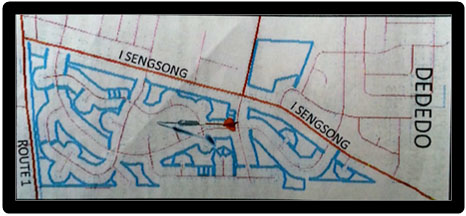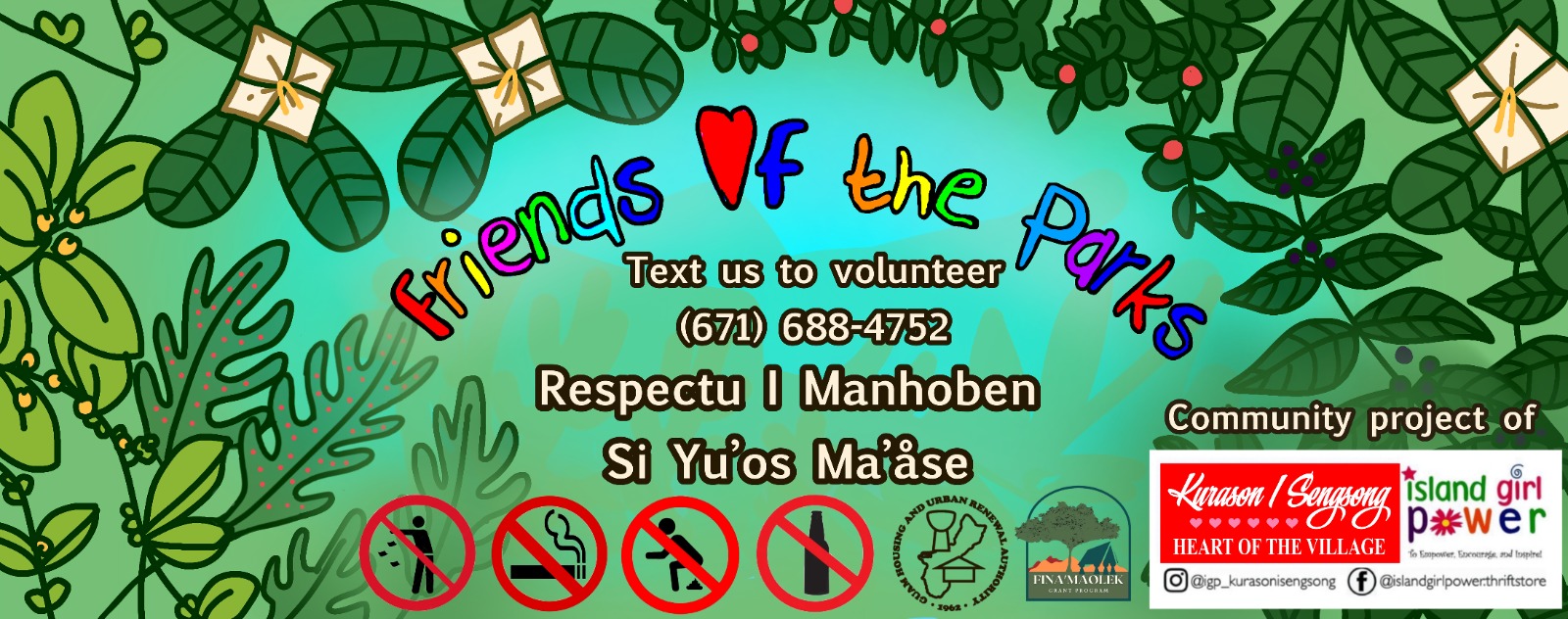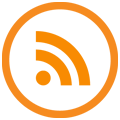Learning Standards/Objectives:
/sites/default/files/adopt_a_park_cleanup_lesson_plan_gdoe.pdf
Adopt-a-Park Clean-Up Project –
High School Lesson Plan Alignment Grade Level: High School (9–12) Duration: 1–3 Days (plus reflection) Subjects Integrated: Health, Science, Social Studies, Language Arts, Educational Technology, Physical
Education Purpose: Students engage in environmental service learning by cleaning and caring for a community park, connecting classroom learning to real-world civic and environmental responsibility.
# Content Area Standard & Title Learning Objective Student Activities
1 Health Education HS.1.1 – Core Concepts Explain how community environments affect personal and public health. Evidence of Learning Research and discuss how littering and pollution affect community health and safety. Group poster or infographic explaining health effects of pollution.
2 3 4 5 6 7 8 9 10 Health, Education Science, Science, Social Studies, Social Studies HS.8.6 – Health Advocacy Develop and articulate personal opinions about health and environmental issues. Write or record a PSA or social media post encouraging park clean-up participation. Public post, video, or class presentation advocating environmental action.
HS.LS.2 – Life Science: Ecosystems Analyze how human actions impact ecosystems and biodiversity. Collect data on waste types during clean-up; identify materials that harm ecosystems.
HS.5 – Science, Technology & Society Apply scientific knowledge to address community and global issues. Waste audit report or data chart; short reflection on environmental impact. Use digital tools (spreadsheets, maps, photos) to track clean-up results and share findings. Digital presentation or slideshow with before-and-after photos and data summary.
AG.4.17 – Government & CivicsExplain how civic participation strengthens communities. Participate in park clean-up as civic responsibility; meet with mayor’s office or local leaders. Reflection essay connecting service to citizenship.
Standard 3 – Geography Examine how human-environment interaction affects local geography. Map the clean-up site and identify litter sources (coastal, residential, etc.). Annotated map or digital story with observations and solutions.
Educational Technology HS.2 – Communication & Collaboration Use digital media to communicate and collaborate on community projects. Create a short video, blog, or digital portfolio documenting the project.
Physical Education HS.4 – Responsible Behavior Demonstrate teamwork, respect, and safety during physical activities. Final video or blog showcasing teamwork and impact. Work in groups to safely collect litter and sort recyclables. Teacher observation checklist on teamwork and responsibility.
Language Arts Health Education HS.8.1 – Lifelong Literacy Compose reflections that persuade others to engage in service. Write a reflection essay or record a voice-over slideshow describing the experience. Reflection paper or multimedia project showing personal growth.
HS.7.1 – Self-Management Skills Demonstrate responsibility for health and community well-being. Set personal goals for continued service and environmental care.
Reflection Prompts: • How did this project change your view of community health and environment? • What role can youth play in keeping Guam’s villages clean and safe? • How did teamwork and civic engagement influence your experience? Assessment Ideas: Formative: Journals, group discussions, photos of progress Summative: Reflection essay, data report, multimedia presentation, PSA video Community Feedback: Letter or certificate from mayor’s office acknowledging contribution.











